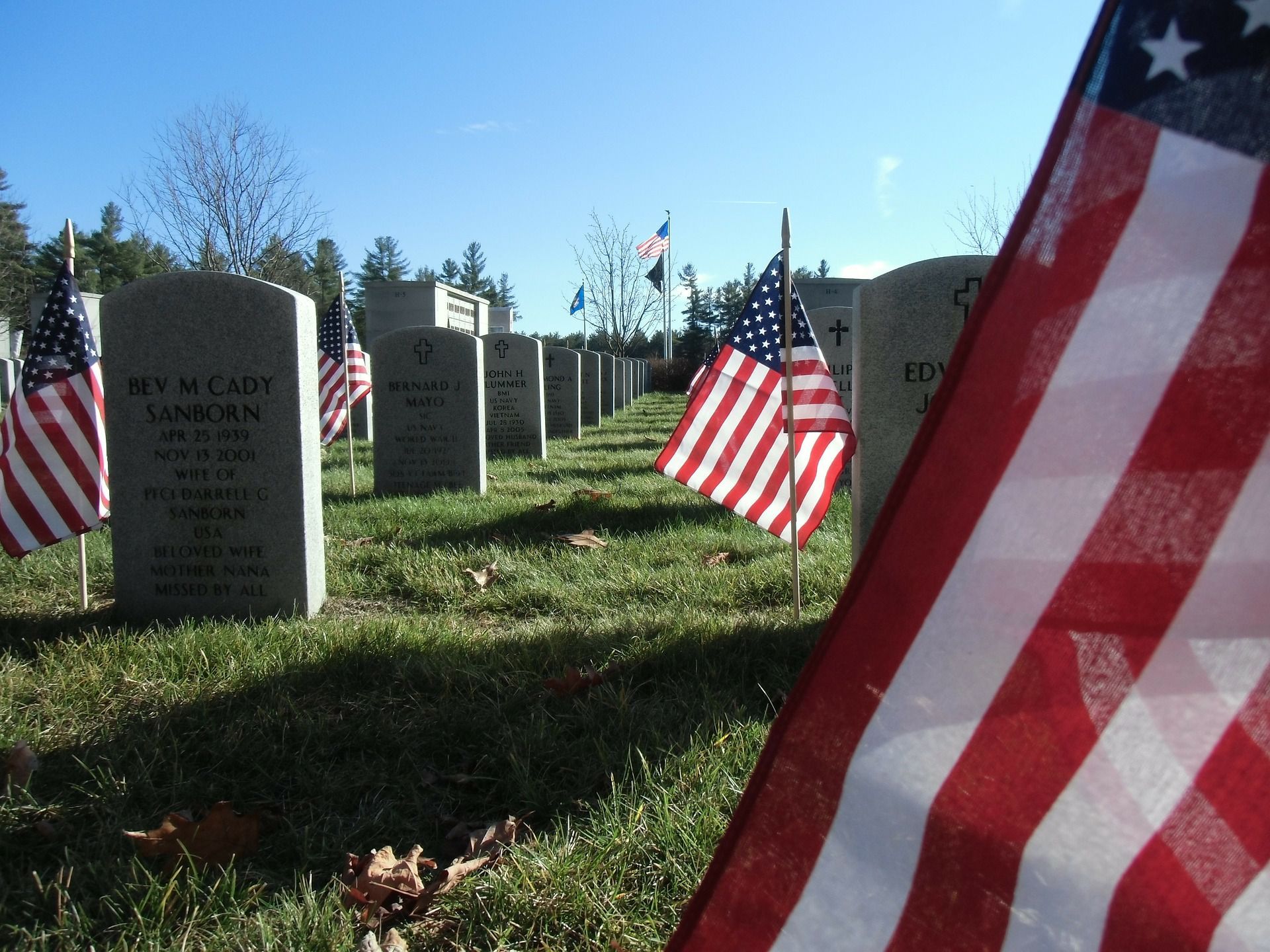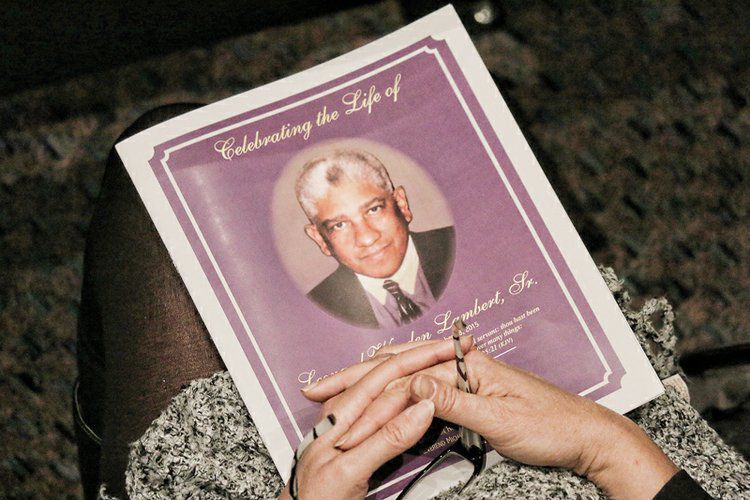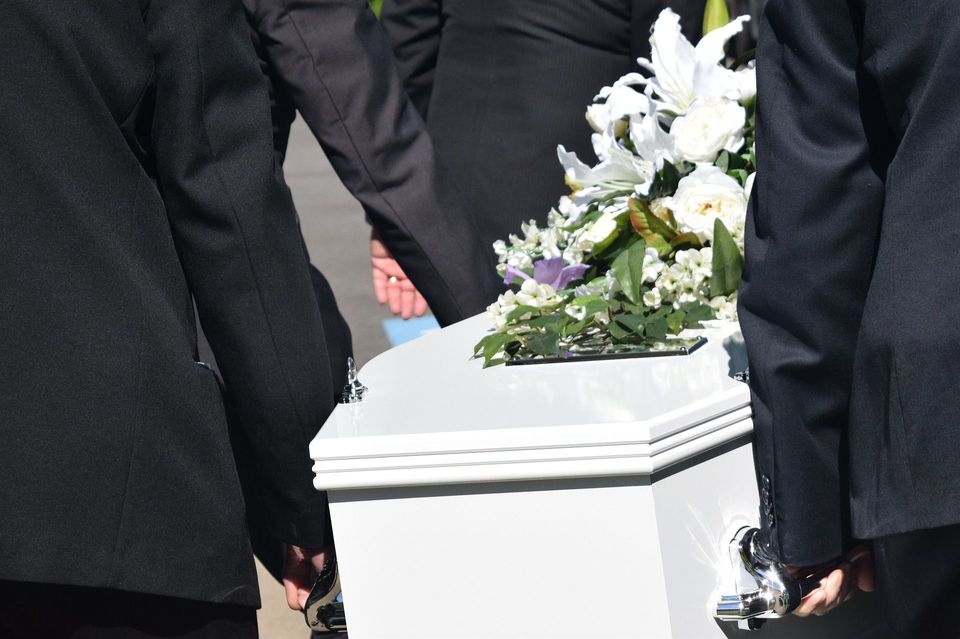What To Expect At A Traditional Funeral?
If you’ve never been to a traditional funeral, you might be concerned about appropriate behavior. Like any formal occasion, it can be nerve-wracking if you don’t know what to expect. It can be helpful to know the traditional elements of a funeral service.
The Processional
A traditional funeral begins with a processional, led by the officiant—often a religious leader. The officiant is followed by the coffin, carried by pallbearers in pairs of two. It usually requires six pallbearers to carry a standard coffin.
The coffin is followed by the family, who sit in the front rows. The service begins when everyone has entered and taken a seat. If there is no coffin, there won’t be a formal processional, but the family and officiant often enter and sit to signify the beginning of the service.
Funerals often include readings from a variety of people who knew the deceased. These can include sermons, eulogies, scripture and literature readings, prayers and songs. Sometimes there will be a call-and-response or the guests will be invited to sing together.
Recessional
Even if a funeral doesn’t include a formal processional, there will almost always be a recessional led by the officiant. The pallbearers will remove the coffin and carry it to the hearse outside of the funeral home. The family will follow, and then guests are permitted to exit.
Graveside Service
There is usually a graveside service after the funeral. This is sometimes open to guests of the funeral and sometimes it is a family-only event. Try to clarify this ahead of time, but often it will be mentioned during the funeral service if guests are invited to the graveside service.
Graveside services are often shorter than funeral services. The officiant usually reads a short passage from scripture or a brief euology. The coffin is then lowered into the ground. Often, family members will shovel the first handful of dirt onto the coffin.
Reception
Regardless of whether the graveside service was public or limited to family, there may be a post-funeral reception. This can be held at the family’s home, a religious institution or a meeting space. This provides a more casual opportunity for guests to interact with one another and the family, sharing stories and supporting each other in grief.
Again, if there is a reception, it will be mentioned in the funeral service.
Use your resources
Much of the information about a funeral will be included in the announcement. Additional, specific information is often included in a program that is handed out when you arrive at the funeral. Knowing this basic sequence of events will allow you to be prepared when you attend a funeral.
You also might be close enough to the family to contact them and ask questions, but use your best judgement about this. Grieving families have a lot on their plate and fielding questions about logistics might not be the best use of their time. If you are unclear, perhaps try contacting a fellow guest or friend for clarification before reaching out directly to the family.




